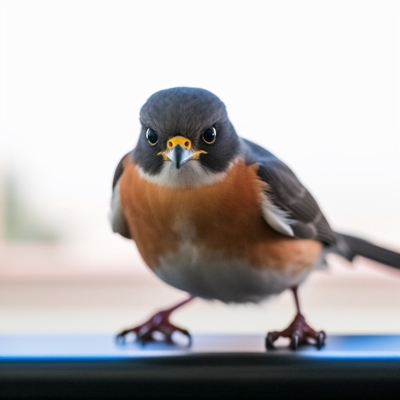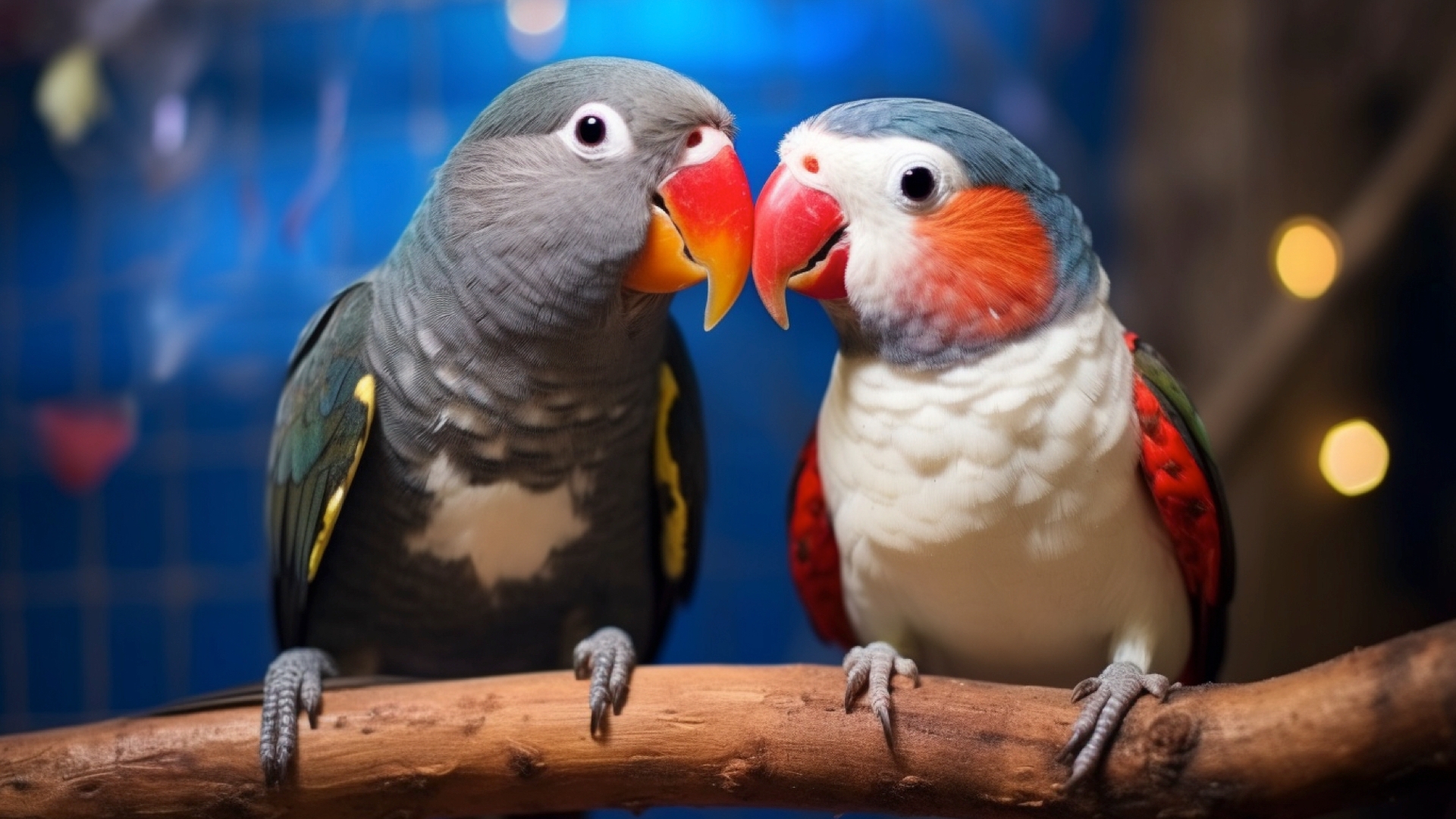Birds As Pets:
Understanding Their Unique Language And Behavior
Summary:
This article is a guide for pet bird owners to decode their bird's behavior and language. It discusses listening to their vocal cues, watching their body language, and observing their behavioral habits to understand their moods and temperament. Trusting your instincts is also emphasized as a crucial aspect of understanding your pet. The article ends by highlighting the importance of building a bond with your feathered friend through observation and patience.


-
The Sky's the Limit: Decoding Your Pet Bird's Behavior and Language
-
Winged Wonders: A Delightful Combination
Birds can make amazing pets. They're full of beauty, intelligence, and unique personalities. As a fellow bird enthusiast, you might often wonder: what is my feathery friend trying to say? Understanding their language and behaviors can help you bond with your pet even more. The following pointers should help you put the puzzle pieces together.
- Vocal Cues: Listen Carefully
Birds are known for being quite vocal. Their unique sounds can mean various things when it comes to their emotions or desires: a. Singing: Your bird probably feels happy, content, and wants to share their cheeriness with you. b. Squawking: Loud noises might indicate a need for attention or some excitement happening around them. c. Clicking: Little clicks can indicate curiosity or happiness, especially if your bird is playing with toys or interacting with you.
- Body Language: Watch Closely
Observing your pet bird's body language can also provide insight into their feelings or intentions. Here's what you should look for: a. Fluffing their feathers: They seek comfort and warmth or are getting ready to groom themselves. b. Tail wagging: A bit like a dog's tail, this translates to happiness and excitement, especially when they see you approaching. c. Crouching and raising wings: A sign they're ready for some affection, so feel free to give them a little scratch on the head.
- Behavioral Habits: Find Patterns
Birds have diverse personalities, but finding patterns in your pet's behavior can give you valuable information about their mood and temperament: a. Chewing on objects and toys: Birds often engage in 'beaking' to explore their environment and maintain healthy beaks, so make sure to provide chewable materials. b. Feather plucking: This can indicate stress, boredom, or health issues. Be sure to check in with your veterinarian for assistance. c. Regurgitating food: It may appear unusual, but this is a sign that your bird feels comfortable and wants to share their trust with you.
- Trust Your Instincts: Pay Attention
As a bird owner, trust your instincts when it comes to understanding your feathery friend. Pay close attention to their vocalizations, body language, and behaviors to gain a strong grasp of their unique language.
- In Conclusion: A Journey of Understanding
Birds can truly brighten up our lives with their charm and quirkiness. Taking the time to familiarize yourself with their language and behavior helps you build a lasting bond with your feathered friend. Remember, a little observation and patience go a long way. Happy bird-parenting!


